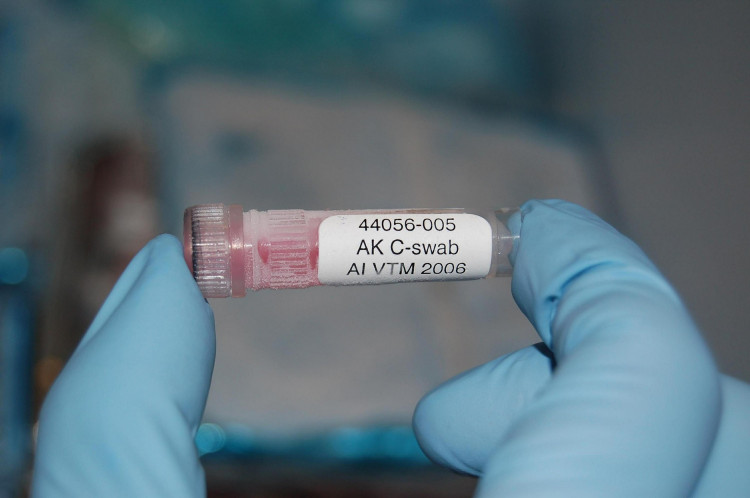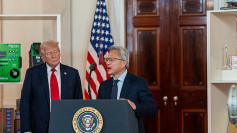The need for increased testing of bird flu among people and animals in the United States has been highlighted by Dr. Nirav Shah, principal deputy director of the US Centers for Disease Control and Prevention (CDC). Shah stressed the importance of vigilance without causing undue alarm, noting the current lack of extensive testing among agricultural workers and livestock.
"We would like to be doing more tests," Shah stated, emphasizing the need for testing not only symptomatic workers but anyone exposed on a farm. However, he acknowledged the delicate balance required to maintain trust with farm workers and owners. "Right now, we want to be in a role where we're building trust with farms and farm workers," he said.
The CDC reports that the general public's risk remains low, but agricultural workers in close contact with animals face higher risks. This increased risk has prompted the CDC to prepare for the possibility that the H5N1 virus could evolve to spread more easily among people. To mitigate these risks, Shah urged the use of personal protective equipment, although he stopped short of promising vaccines for farm workers, who are currently the most at risk for contracting and spreading the highly pathogenic bird flu.
US officials recently confirmed a third case of human infection with H5N1 in Michigan, involving a farm worker who exhibited typical flu-like respiratory symptoms such as a cough, congestion, sore throat, and watery eyes. This contrasts with the previous two cases, where conjunctivitis was the primary symptom. Despite these respiratory symptoms, Shah assured that this does not necessarily indicate a change in the virus's behavior. "This virus, like many viruses, can present in more than one way. And for that reason, we should remain alert, not alarmed," he said.
Despite the elevated risk, only 44 people have been tested for H5N1 in 2024. Shah acknowledged the likelihood of undetected cases due to insufficient testing but noted that no significant red flags have emerged from influenza monitoring systems. "We have not detected any differences in markers, like emergency room visits, in areas with affected herds compared to areas without affected herds," he stated.
The CDC's established influenza infrastructure, including widespread testing availability and a good vaccine candidate for H5N1, provides a robust foundation for monitoring the virus. However, Shah expressed a desire for increased testing capabilities, particularly among dairy farm workers, to better understand the virus's circulation.
In addition to traditional nasal swabs, officials have expanded testing methods to include eye swabs for conjunctivitis, which can now be tested at local labs rather than being sent to the CDC. This development allows for more immediate public health actions based on preliminary test results.
The spread of H5N1 continues among farms, with a significant outbreak reported in Iowa, where 4.2 million egg-laying chickens were culled. In Idaho, alpacas tested positive following an outbreak among poultry on the same farm, raising concerns about cross-species transmission and potential mutations of the virus.
The second human case this year showed a mutation that may increase the virus's ability to spread among mammals, although no genomic analysis of the third case has been announced yet. Despite these concerns, health officials have not announced additional funds beyond the $101 million allocated for the CDC and the Food and Drug Administration in May.
The US Department of Agriculture (USDA) has also announced $824 million in funding to protect livestock, with up to $2,000 per month available to farms for personal protective equipment (PPE). The CDC has requested states to distribute PPE from their existing supplies and the strategic national stockpile.
Shah emphasized the importance of ensuring farm workers' safety without compromising their health due to overheating from wearing PPE like N95 masks. "We want our workers to be maximally protected, while at the same time not compromising their health and safety because they're overheating," he said.
US officials have ordered 4.8 million doses of an H5N1 vaccine, which appears well-matched to the current strain. However, no specific recommendations have been made regarding prioritization for vaccination.






